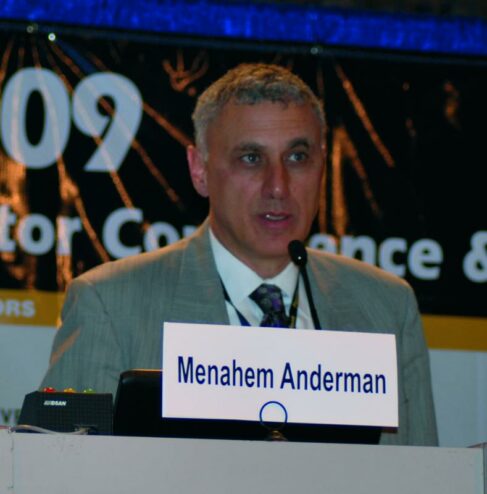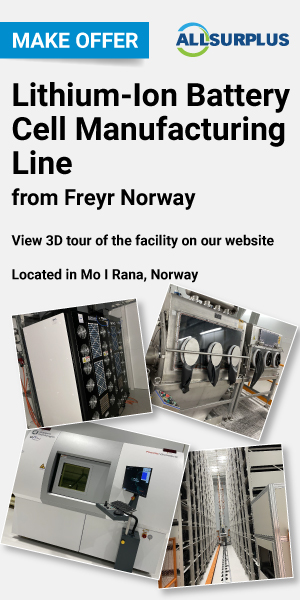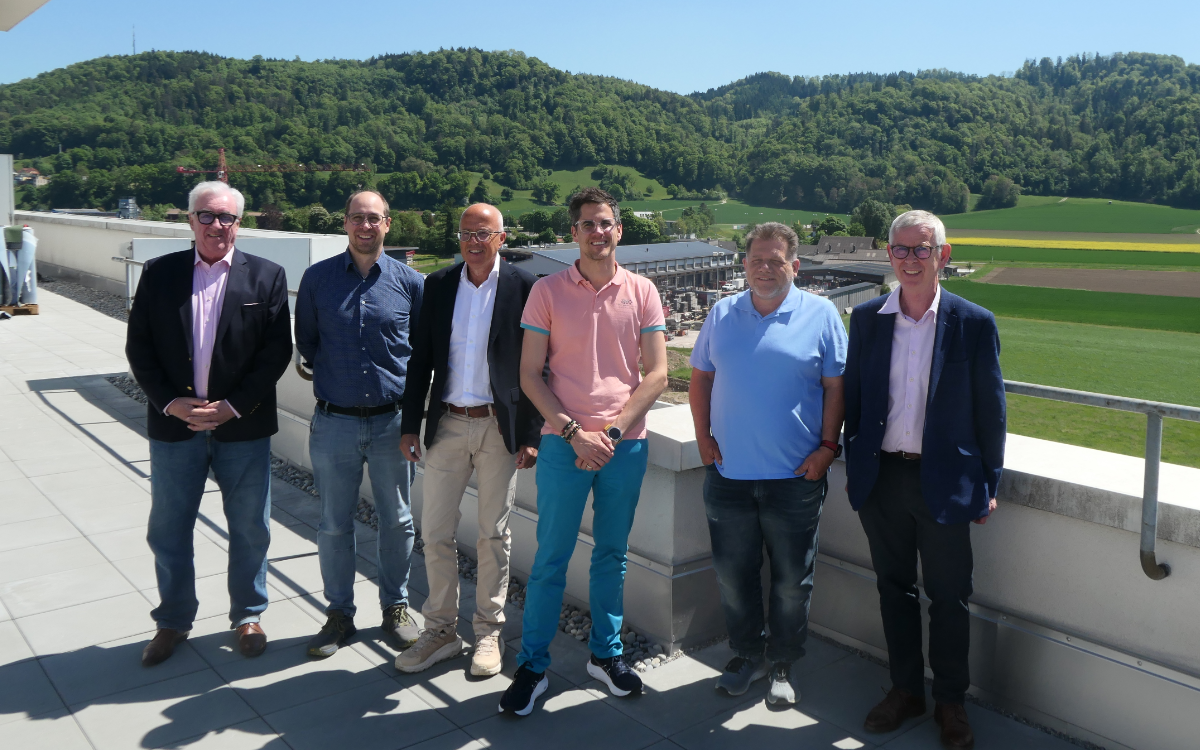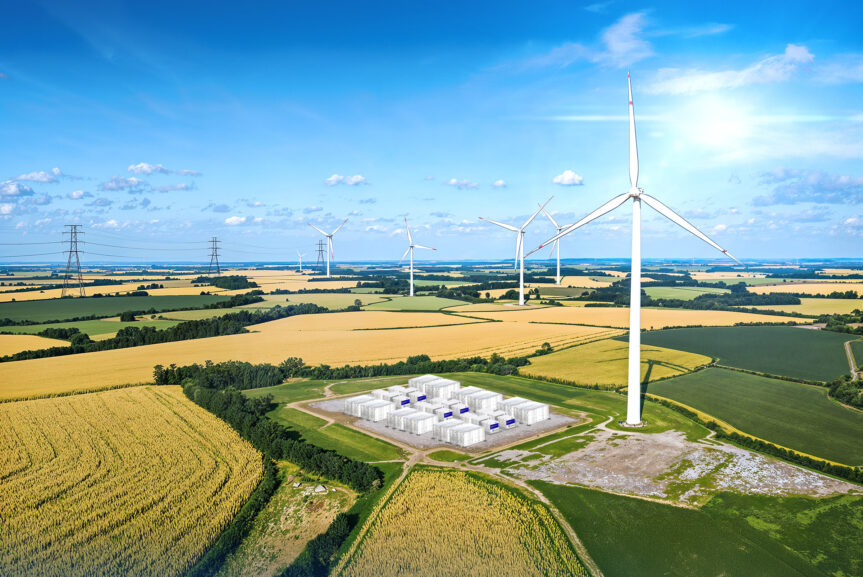The automotive world is close to slashing its collective wrists as car sales crash. At the temple of hope — aka the Advanced Automotive Battery Conference, the faithful gathered to listen to their favourite prophet on the great beacon of hope in the auto market: the electrifiedvehicle. The Editor reports.
Proceed with caution." That's the one phrase you could use to sum up this year's Advanced Automotive Battery Conference held in Long Beach, California. Last year I berated Dr. Anderman for being something of a "wet blanket" with regard to the introduction of . . .
to continue reading this article...
Sign up to any Premium subscription to continue reading
To read this article, and get access to all the Premium content on bestmag.co.uk, sign up for a Premium subscription.
view subscription optionsAlready Subscribed? Log In












